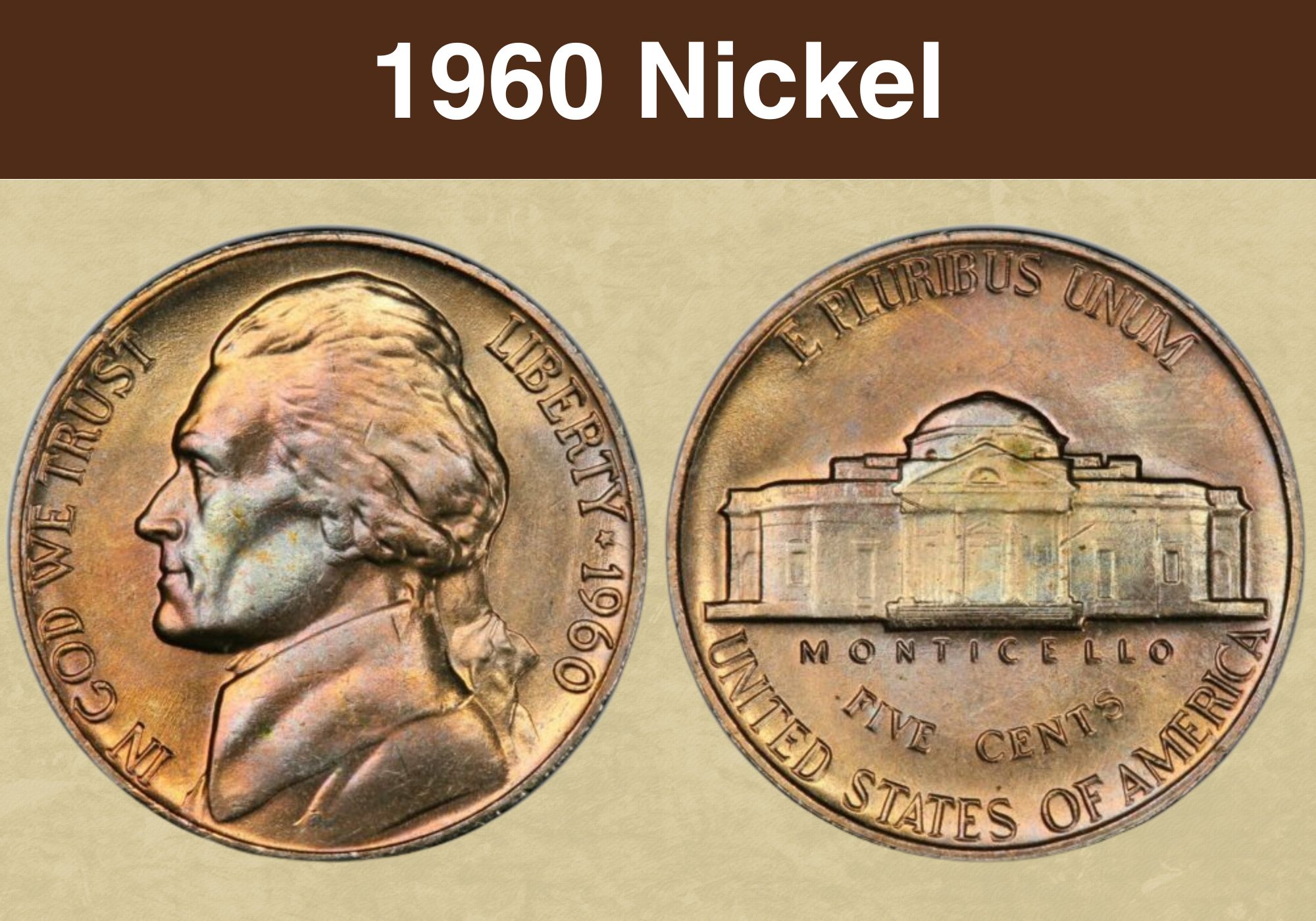
Coin Value Contents Table
The nickel struck in 1960 is known to coin collectors as the Jefferson nickel. And we’re here to tell you all about it.
We’ll look at the 1960 nickel value and the factors that influence it. We’ll check out some of the interesting error coins that escaped the Mint’s quality control processes. And we’ll look at the history and design of Jefferson nickels through time.
Ready to find out more? Then let’s get started!
1960 Nickel Value Chart |
||||
| Mint Mark and Color | XF45 | MS60 | MS65 | MS67 |
| 1960 No Mint Mark Nickel Value | n/a | $2
Full step: $85 |
$15
Full step: $3,150 |
$2,500 |
| 1960 D Nickel Value | n/a | $2
Full step: $80 |
$20
Full step: $3,150 |
$4,150 |
| PR60 | PR65 | PR67 | PR69 | |
| 1960 No Mint Mark Proof Nickel Value | $5
Cameo: $10 |
$12
Cameo: $20 Deep cameo: $40 |
$22
Cameo: $46 Deep cameo: $85 |
$275
Cameo: $300 Deep cameo: $4,000 |
History of the 1960 Nickel
The nickel dated 1960 bears the same design as those struck in 1938. It’s part of the series known as the Jefferson nickel. And the nickname comes from the portrait of the former president, Thomas Jefferson, which appears on the obverse.
The previous nickel was known as the “Buffalo nickel”, although the image on the reverse was actually that of an American bison.
While the coin was very popular, it had proved difficult for the Mint to strike the design successfully. That was probably why it was retired after 25 years – the earliest the Treasury had the legal power to do so without seeking Congressional approval.
The Mint ran a competition to select a design for the new nickel. And the artist who won was a German-born man named Feliz Schlag. Schlag had actually served in the German army in the Great War, but had emigrated to the US in 1929.
Schlag’s signature didn’t appear on the earliest Jefferson nickels, and you won’t find it on the coins struck in 1960. But six years later, the US Mint invited him to add his initials to the design. This he did, and you’ll find them at the bottom of Jefferson’s portrait.
Schlag’s portrait was replaced with a new image of Jefferson in 2005, this one produced by the artist Jamie Franki.
The earliest Jefferson nickels were produced at three different Mint facilities – Philadelphia, San Francisco, and Denver. But the San Francisco facility ceased production from 1954 to 1963. So you won’t find any 1960 nickels stamped with an “S” mint mark.
But there are proof nickels from that year. These were produced at the Philadelphia Mint facility. And like the business strike coins produced at the same location, these don’t have a mint mark.
Also read: Top 10 Most Valuable Nickels Worth Money
Features of the 1960 Nickel
The Obverse of the 1960 Nickel
The obverse of the 1960 nickel – also known as the “heads” side of the coin – features the former president and Founding Father, Thomas Jefferson. His head and shoulders are shown in profile, and he faces to the left as the coin is viewed.
Unlike many coin portraits, Schlag’s image shows Jefferson with a faint smile. The artist is believed to have based the President’s likeness on a bust by the celebrated French sculptor, Jean-Antoine Houdon. If you visit the Boston Museum of Fine Arts, you can see the bust and compare it to the coin.
To the left of the image of the President is the familiar motto “IN GOD WE TRUST”. It’s inscribed on a curve, parallel with the edge of the coin. The word “LIBERTY” mirrors it to the right of the portrait, followed by a star and the date.
The Reverse of the 1960 Nickel
Like the obverse, the design on the reverse of the 1960 nickel was created by Felix Schlag. But it’s a world away from the version he had originally submitted as his competition entry.
That had shown Monticello, Jefferson’s country estate in Virginia. But instead of being shown face on, Schlag’s original design showed the building turned at an angle.
The Treasury officials, however, were not impressed. They complained that the tree shown in front of the building was a palm, which would never have grown in Virginia. (The tree wasn’t actually a palm at all.)
They were also unconvinced by Schlag’s choice of font for the legends. Schlag had designed a stylish and modern form of lettering. But the Treasury officials favored a more traditional script.
Today, most coin historians prefer Schlag’s original version. The frontal view of Monticello used in the final coin gave the building a somewhat generic look. And it was felt necessary to add a title to identify it.
Above the image, the words “E PLURIBUS UNUM” curve parallel to the top edge of the coin. The phrase is Latin and means “Out of the many, one”. It refers to the creation of the USA as a union of states.
The denomination is inscribed below the image. And at the bottom, curving parallel to the lower coin edge, are the words “UNITED STATES OF AMERICA”.
If your coin was struck in Denver, you’ll find a small “D” to the lower right of the image of Monticello. But nickels struck in Philadelphia don’t have a mint mark.
Other Features of the 1960 Nickel
Jefferson nickels are actually made mostly of copper. Only a quarter of the weight is accounted for by nickel – but it’s that metal which gives these coins their silver color.
Each one measures 21.2 millimeters in diameter and weighs 5 grams. Turn them on their side, and you’ll see that the edge is plain.
1960 nickels are divided into two categories. Most coins are standard nickels. But if the strike is good enough to make out all five steps in front of Monticello, it’s a “full step” nickel. And these can command a significant premium.
This Youtube video from CoinHELPu features Jefferson nickels from different years and in varying condition.
Also read: Top 17 Most Valuable Buffalo Nickel Worth Money
1960 Nickel Grading Guides
| # | Grade |
|---|---|
| 1 | Basal State-1 |
| 2 | Fair |
| 3 | Very Fair |
| 4, 5, 6 | Good |
| 7, 8, 10 | Very Good |
| 12, 15 | Fine |
| 20, 30 | Very Fine |
| 40 | Extremely Fine |
| 50 | About Uncirculated |
| 60 | Mint State |
| 65 | Mint State |
| 70 | Mint State |
Please check our grading guides to know your coin scale, It’s the necessary step to know the exact value of your coin.
Check out now: How to Grade Jefferson Nickel?
1960 Nickel Value Guides
1960 No Mint Mark Nickel Value
The year 1960 saw the Philadelphia Mint facility strike over 55.4 million nickels. Around 44 million of those still survive. But if you’re looking for a full step coin, numbers are much lower. The independent coin grading agency, the PCGS, estimates that only around 9,500 of those remain.
Coins are graded on a scale from 1 to 70. 1 indicates a coin in the poorest condition that can still be identified, while 70 is used for a flawless example.
Coins graded from 1 to 59+ are those that have been circulated. As a result, they’ll show varying degrees of wear and tear. Those graded 60 and above are uncirculated, known as “mint state”. And coins graded 65 and higher are known as “gems”.
A 1960 no mint mark nickel in a circulated grade is worth only its face value. That’s because there are plenty of them around, so they’re easy to find.
At MS60, they’re a little rarer. The PCGS values 1960 nickels at that grade at $2. A standard gem MS65 is worth around $15, while an MS66 example is around $32.
But coins at the top grades, and those designated full step, can be worth much more.
The finest standard 1960 nickels are graded MS67. Four coins have been certified by the PCGS at that level, and they’re each worth $2,500.
For full step no mint mark nickels, values start at $85 at MS60. A gem MS65 example is valued at $3,150. And the finest full step 1960 (P) nickel is graded MS66+ and worth a cool $15,250.
1960 D Nickel Value
The Denver Mint facility produced 192.6 million nickels in 1960. They can be identified by the small ”D” on the reverse.
Around 155 million are believed to survive to this day. The vast majority of those coins are in circulated condition, and they’re worth only their face value.
Standard coins in uncirculated condition start at just a couple of dollars. But if you want a gem MS65, you’ll be looking at spending about ten times that amount.
And values for the finest coins are much higher. The crème de la crème of standard 1960 D nickels are eight coins graded MS67. And those are each worth an impressive $4,150.
The Denver Mint facility seems to have faced some problems achieving a good strike on its 1960 nickels. To date, not a single coin has been found that would meet the criteria to be designated full step.
1960 No Mint Mark Proof Nickel Value
As well as its business strike coins, the Philadelphia Mint facility produced almost 1.7 million proof nickels in 1960. These were struck on highly polished planchets using specially prepared dies.
In the distant past, proof coins were struck mainly for archives. But as coin collecting became ever more popular as a hobby, the Mint struck larger numbers to appeal to collectors.
Proof coins are, by definition, uncirculated. And they’re graded with the prefix “PR” to distinguish them from regular coins.
But while the 1960 proof nickel is an attractive coin, it’s not as valuable as you might expect. That’s because these coins were always marketed as collectors’ pieces. And as such, they were carefully stored away after purchase.
That means it’s still easy to find coins in great condition – which keeps prices modest.
A proof 1960 nickel graded PR60 is worth only around $5. That doubles at PR65. And even a near-perfect PRR69 proof is worth only around $275.
But there are also proofs which are of especially high quality. Coins with a pleasing contrast between highly polished fields (the flat parts of the coin) and frosted devices are known as “cameos”. And if the contrast is especially dramatic, they’re “deep cameos”.
Cameo 1960 proof nickels are available at grades from PR60 to PR69. That top grade commands a $50 premium over a standard proof nickel at the same level.
Deep cameos range from $40 at PR65 to $4,000 at PR69.
Also read: Top 17 Most Valuable Jefferson Nickels Worth Money
Rare 1960 Nickel Errors List
1960 (P) No Mint Mark Nickel Struck on a 1-Cent Planchet
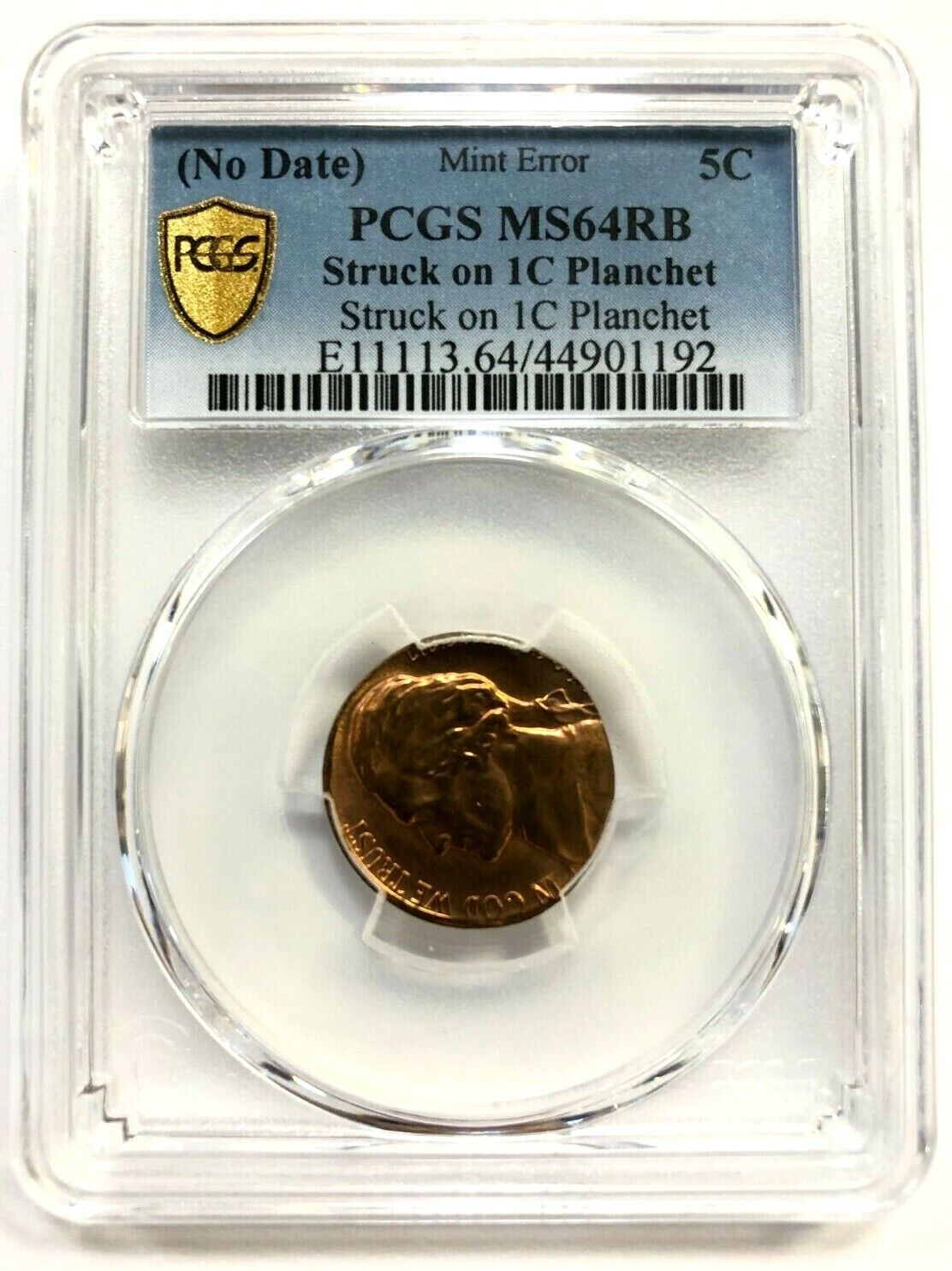
Very rarely, coins are struck on something other than the correct planchet. That happened to one nickel struck in Philadelphia, which was somehow struck on the planchet for a cent.
As a result, it was a copper color. And it was in great condition, graded MS64 red and brown by the PCGS.
When it was presented at auction, it sold for almost $500.
1960 (P) No Mint Mark Proof Nickel, Quadruple Die Reverse
Sometimes, an error occurs in the process of making the die for the obverse or reverse designs. That error is then transferred onto the coins it strikes.
That happened to one of the dies used to strike nickels in Philadelphia in 1960. And surprisingly, it occurred during the stringent process for crafting a proof die. The hub and die weren’t aligned correctly as the design was transferred. And in fact, that happened more than once.
The resulting error is known as a quadruple die error, because some parts of the design have four mis-aligned imprints. And because the error occurred on the die used to strike the reverse design, it’s known as a quadruple die reverse, or QDR.
The value of proof nickels with a QDR depends on their condition. A standard proof graded PR60 is worth around $52, rising to $240 at PR65.
Cameo proofs with this error start at $100 for a coin graded PR63. The finest of all is a single cameo graded PR67+, but there’s no sales information for that one. Half a point down at PR67, however, the PCGS estimates a value of $1,000.
This YouTube video from Couch Collectibles looks in detail at different errors amongst 1960 nickels.
Also read: 14 Most Valuable Nickel Errors Worth Money
Where to Sell Your 1960 Nickel ?
Now that you know the value of your coins, do you know where to sell those coins online easily? Don’t worry, I’ve compiled a list of these sites, including their introduction, pros, and cons.
Check out now: Best Places To Sell Coins Online (Pros & Cons)
FAQs
Are 1960 nickels silver?
No. The silver color of the 1960 nickel comes from the nickel cladding. The core of the coin is made of copper.
What to look for in a 1960 nickel?
One of the key factors that determines a coin’s value is its condition. With the 1960 nickel, an easy way to check this is to look at the steps in front of the image of Monticello on the reverse. If all five steps are clearly delineated, with complete lines separating each one, you have a “full step” nickel.
These command a significant premium over other nickels. But the exact value will depend on the coin grade – the amount of wear and tear to the surface of the coin.
A number of Mint errors were made in the production of 1960 nickels too, and these also add to a coin’s value.
Nickels stamped on the wrong planchet are rare and very valuable. And proof coins with a quadruple die reverse – parts of the design that appear to have been stamped four times – are sought after by collectors too.

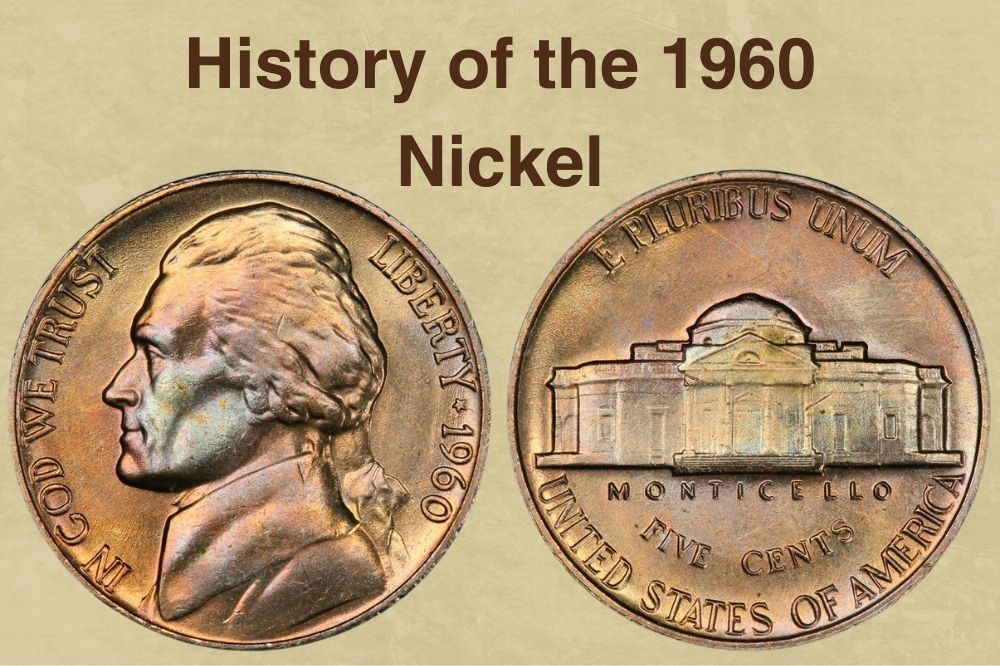
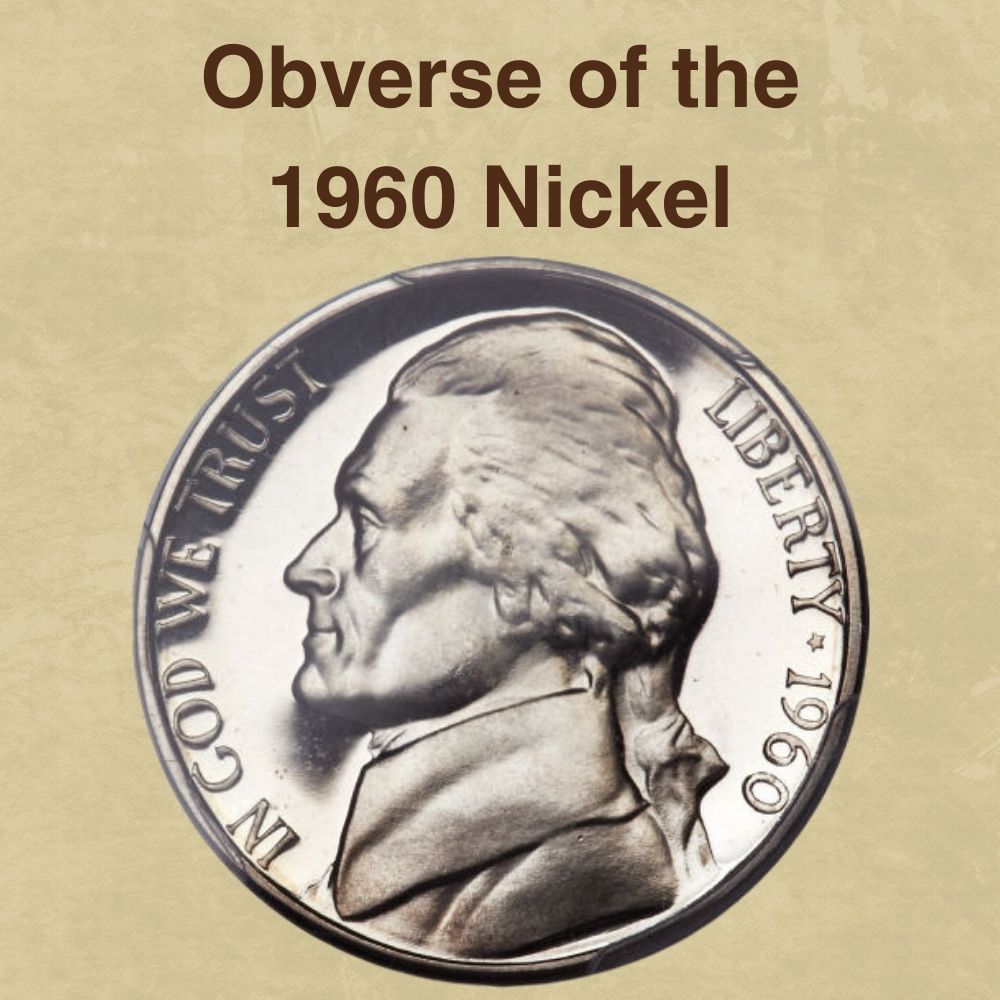
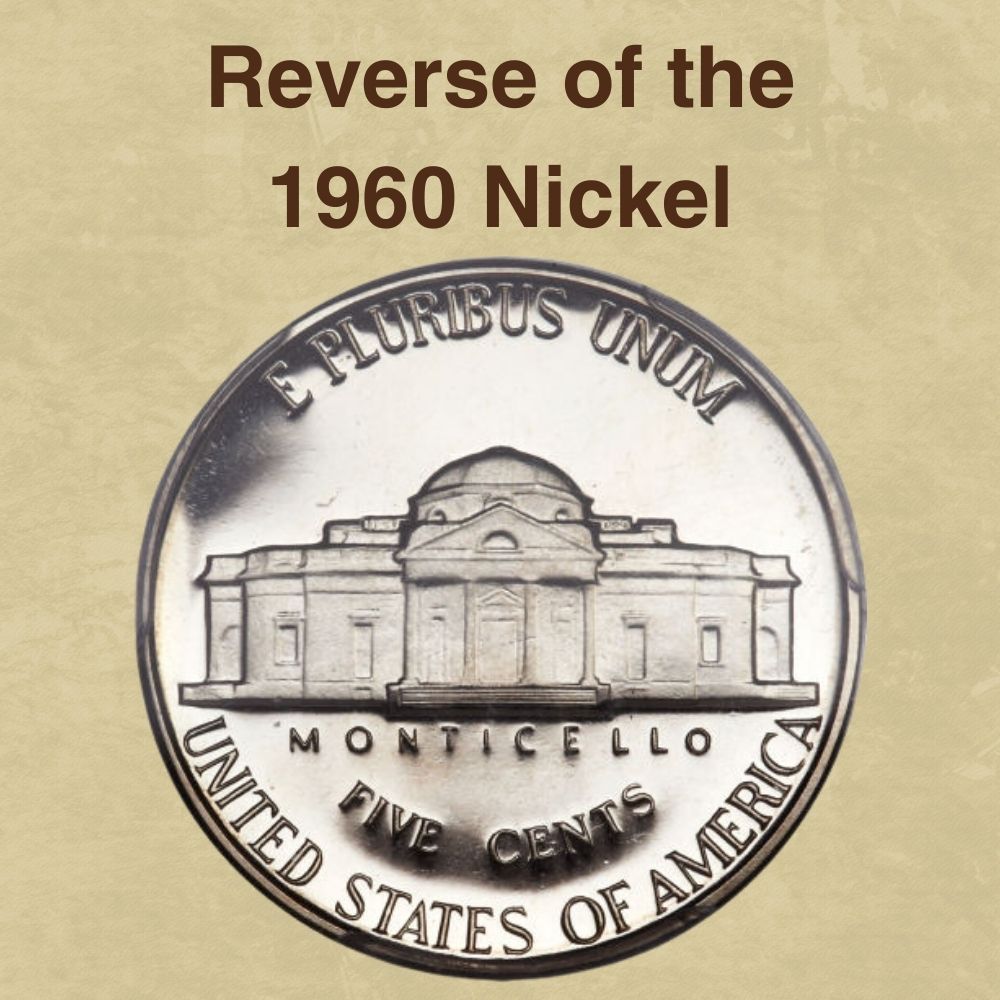
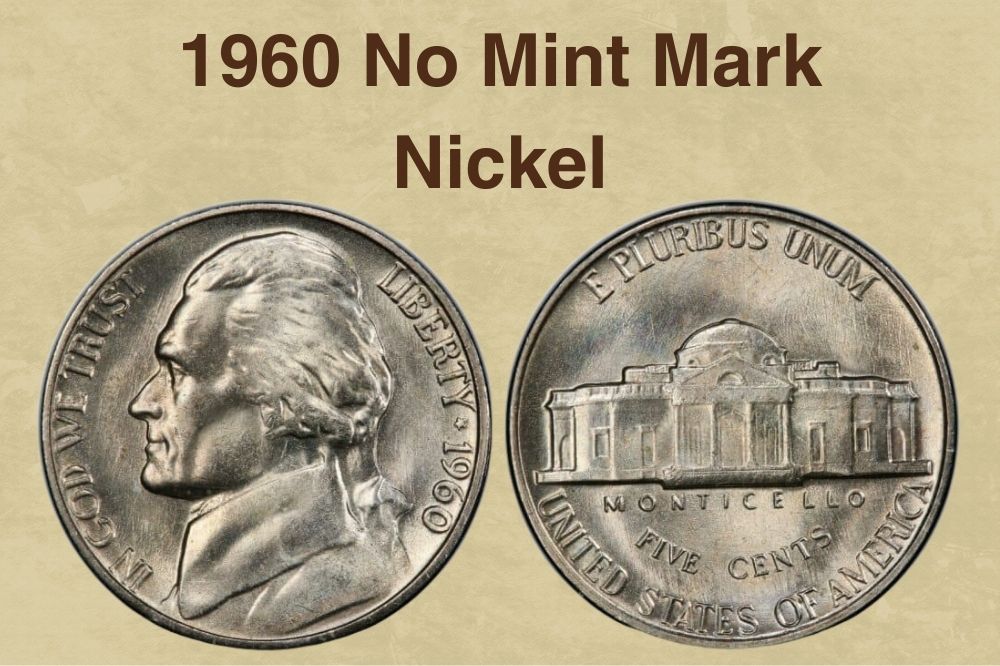
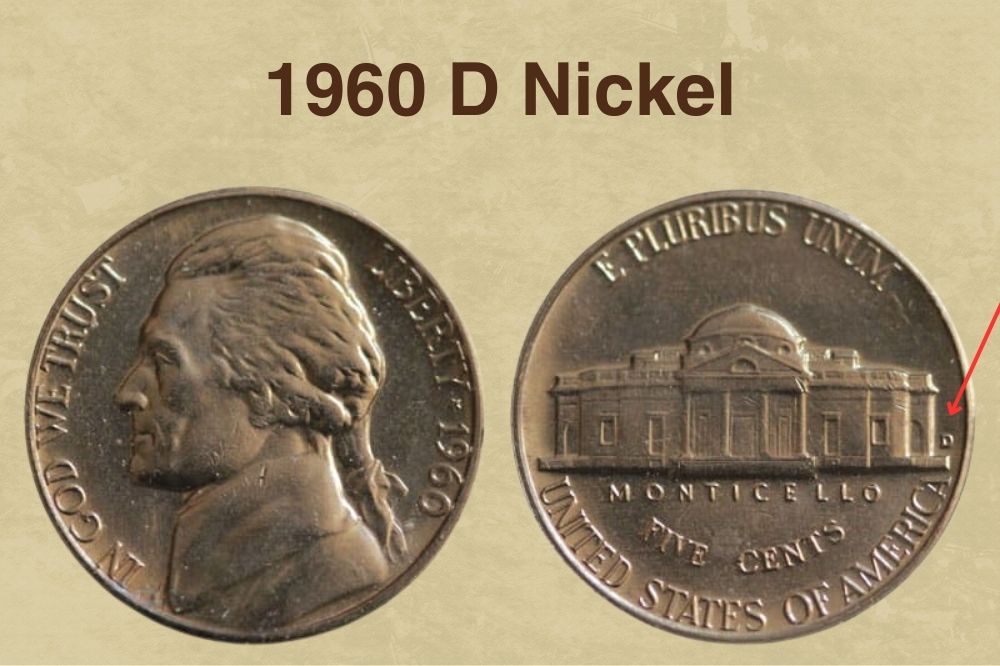
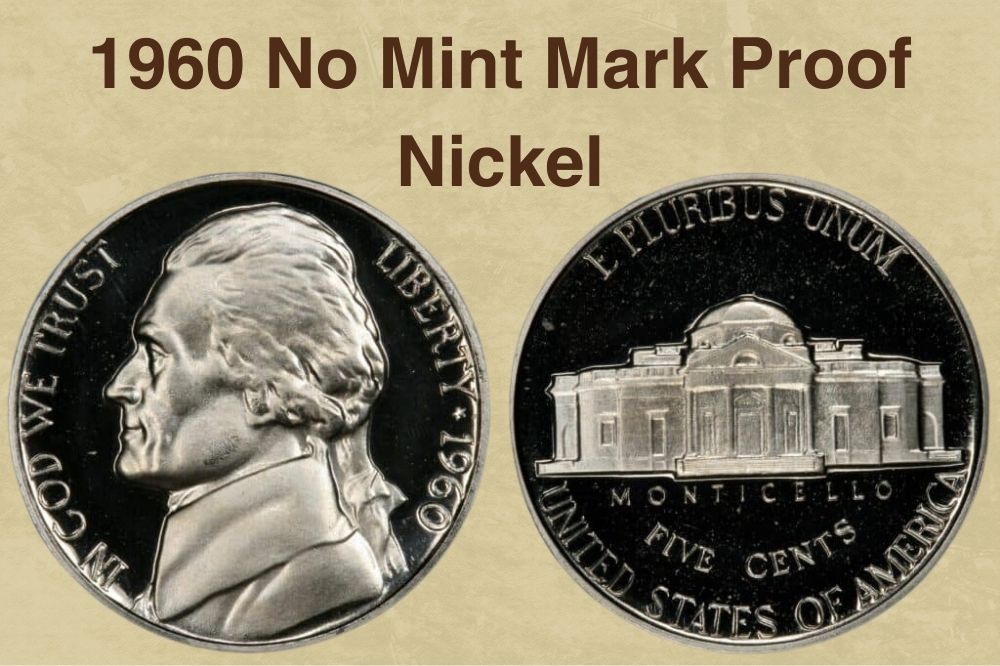
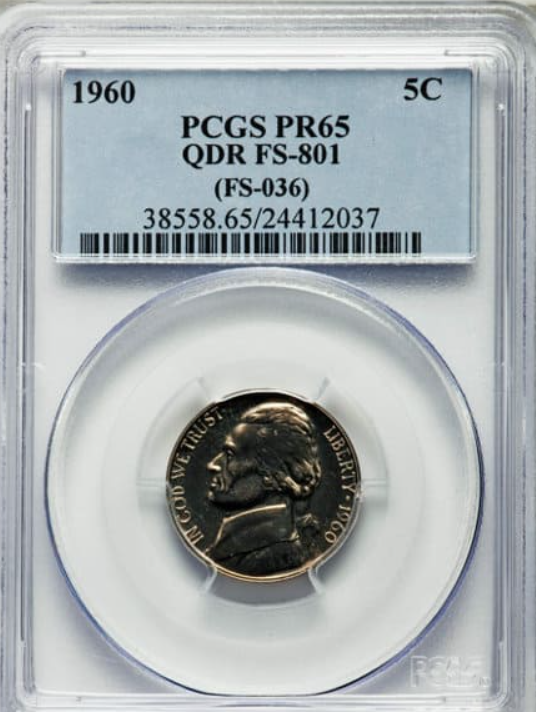
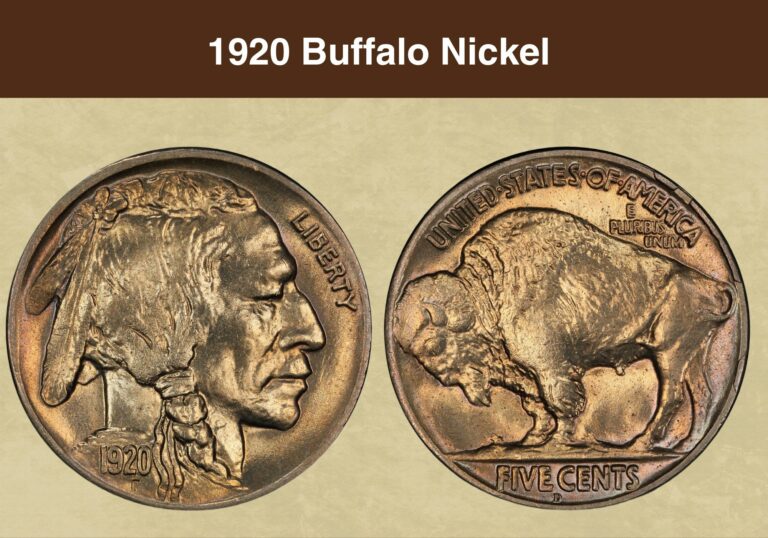
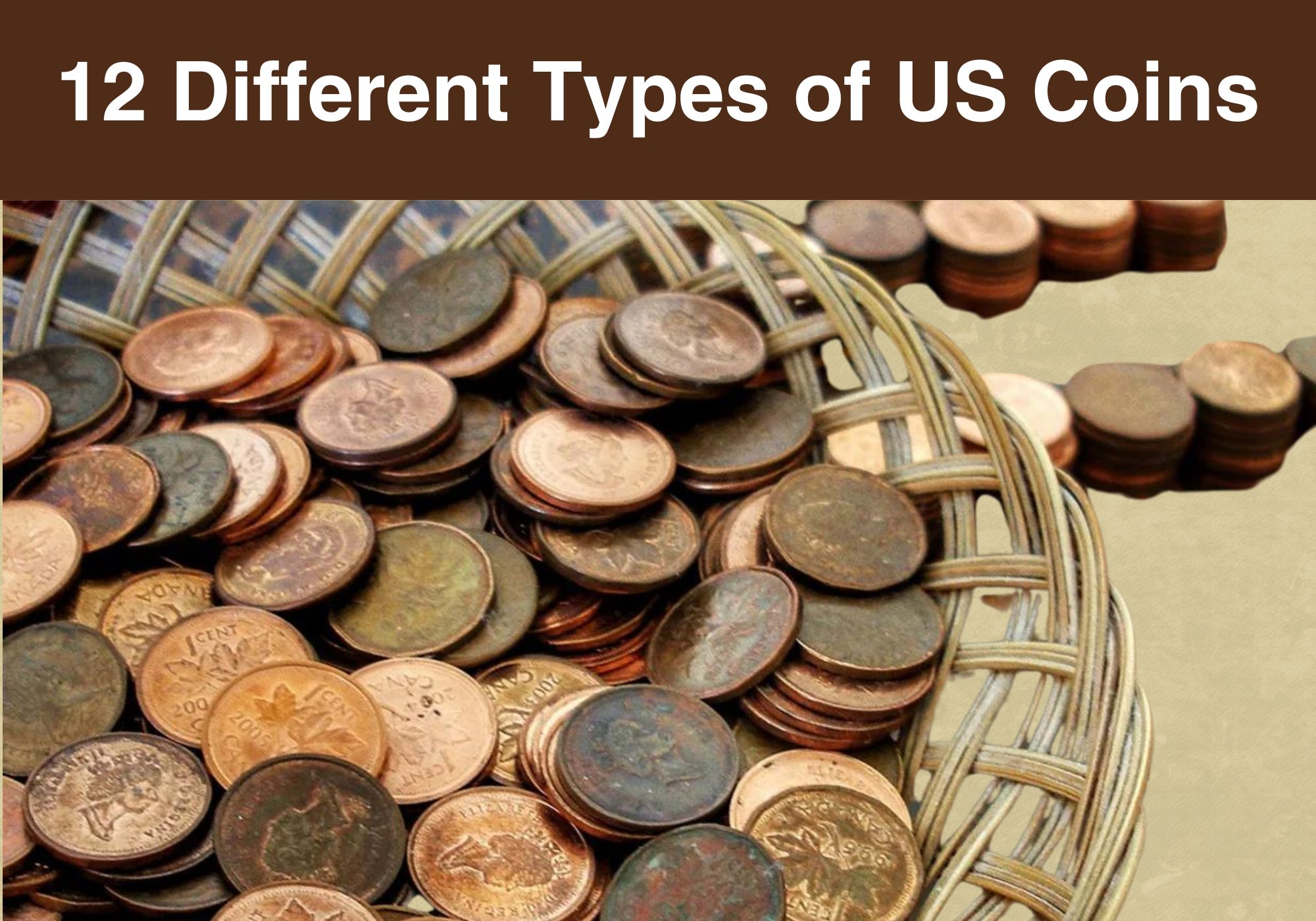
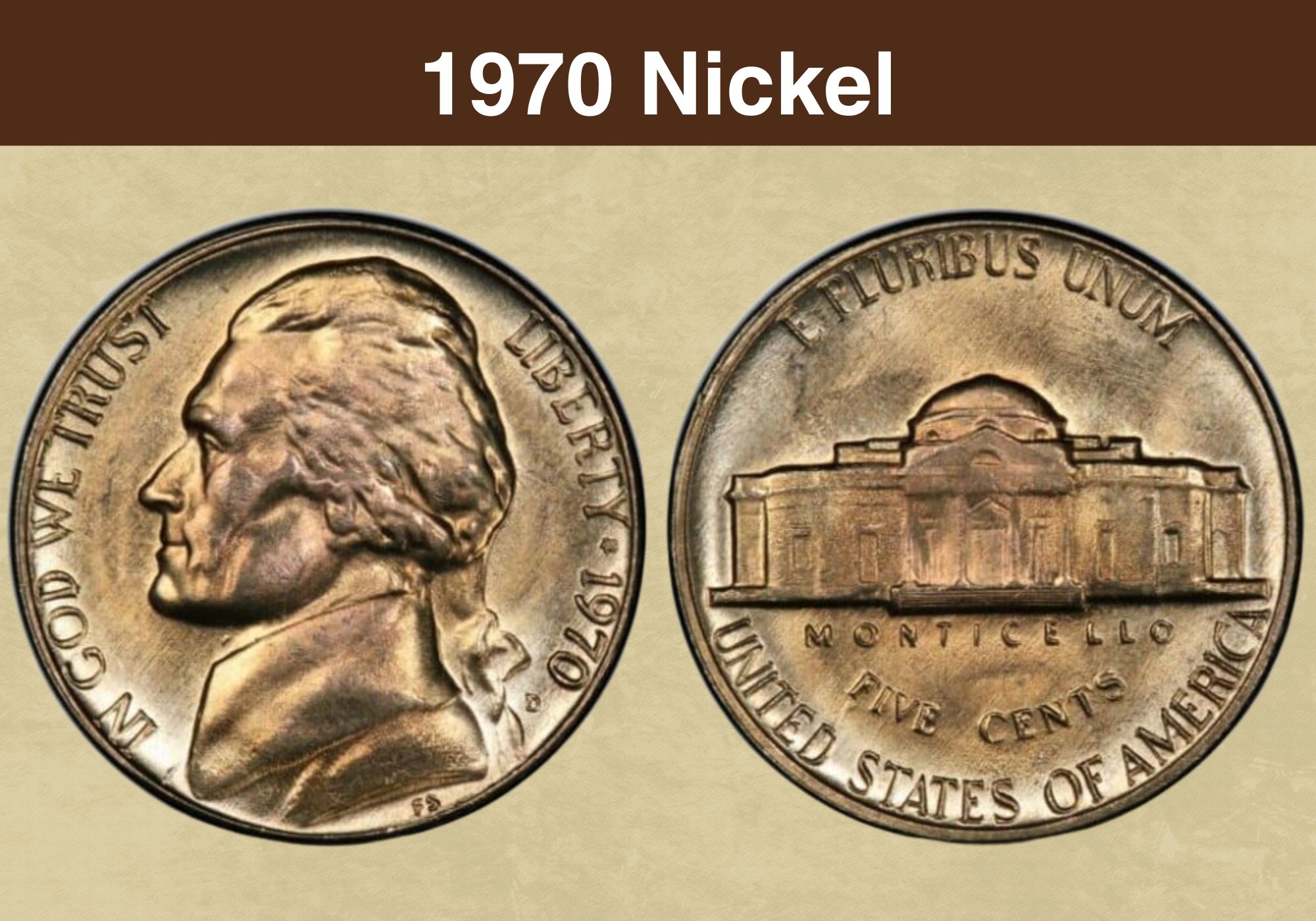
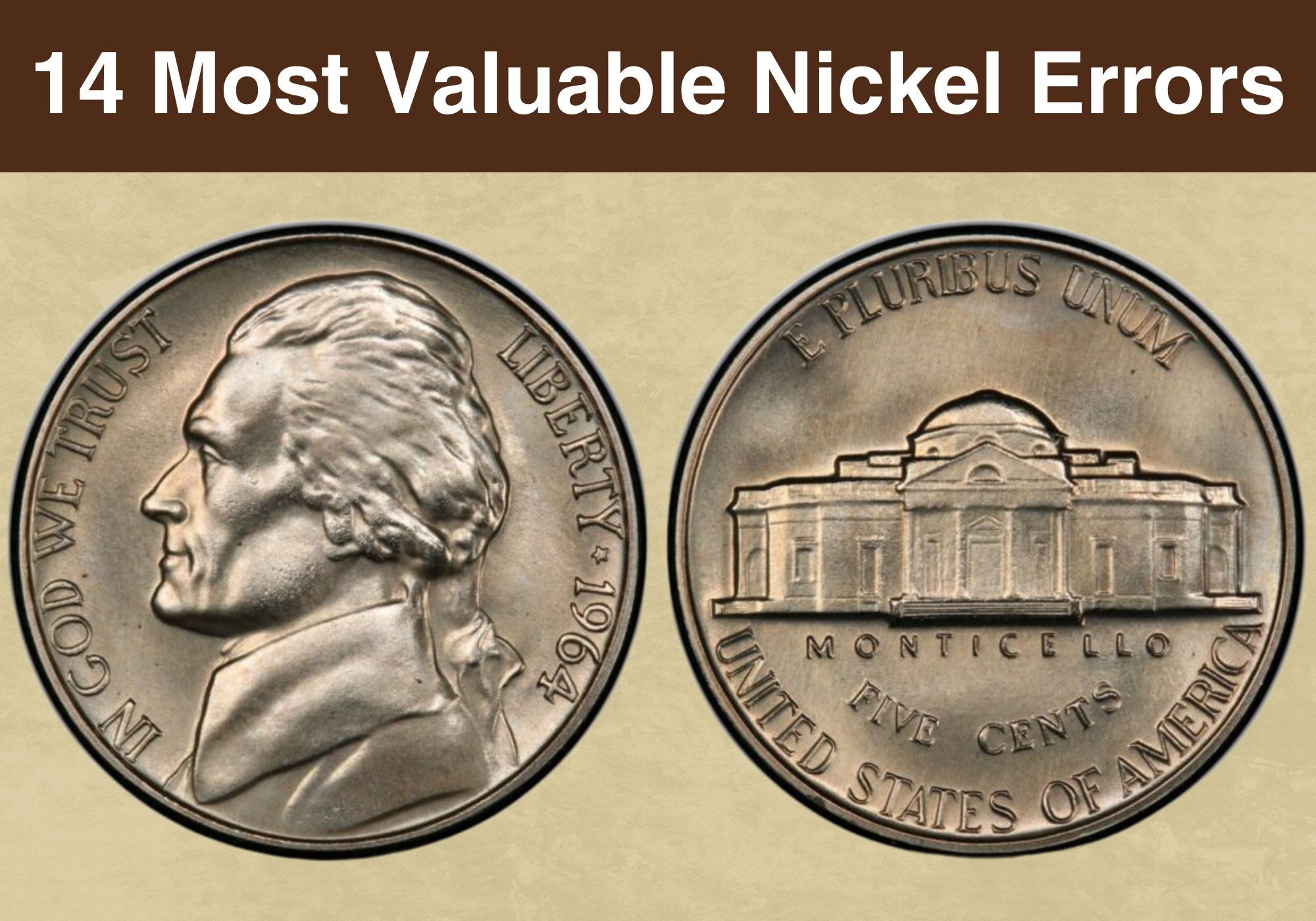
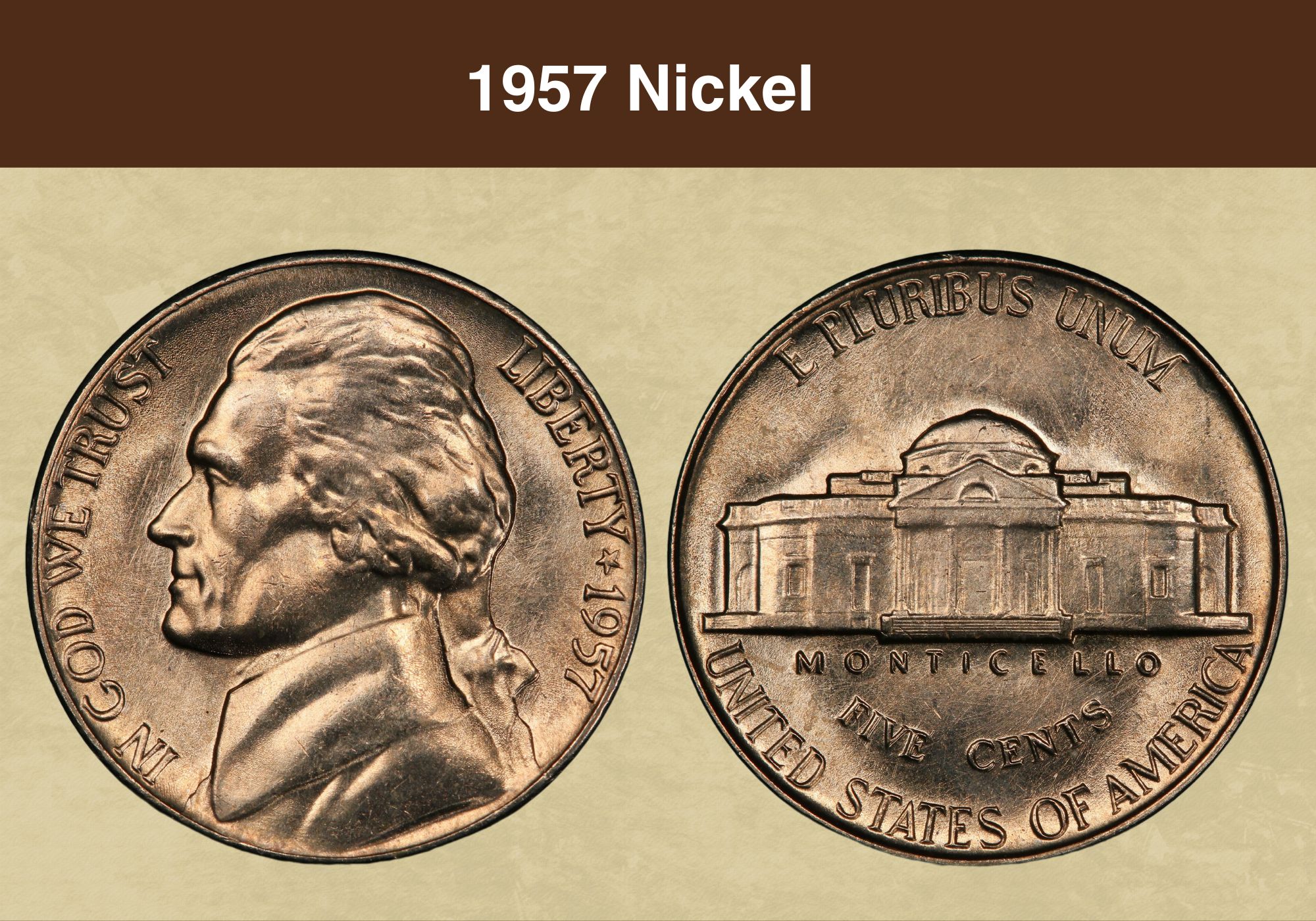
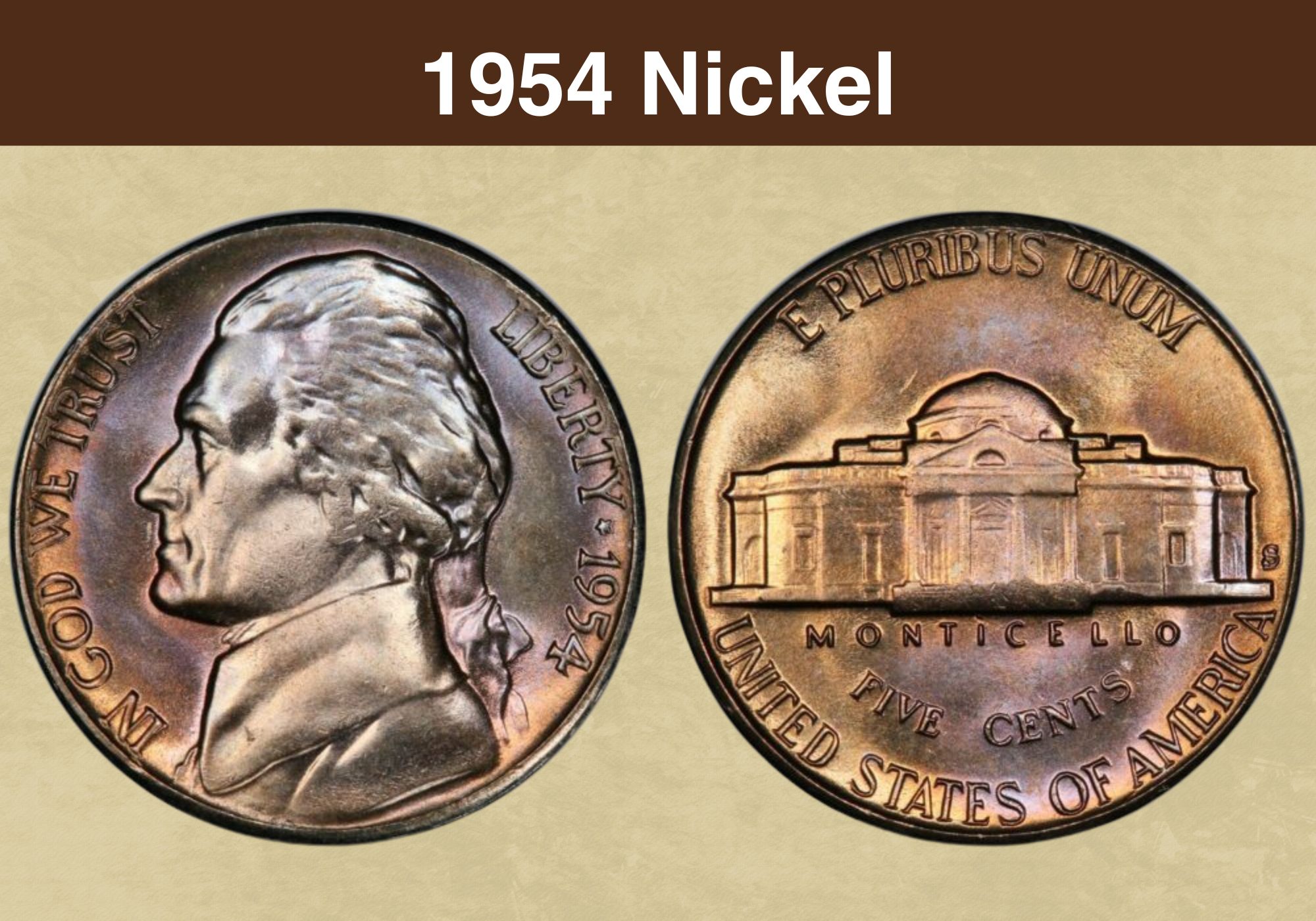
I was wondering when you turn a coin over the head should be facing up as the buildings on the other side. Correct ? I have an American 1960 nickel which head is upside down when I turn it over.